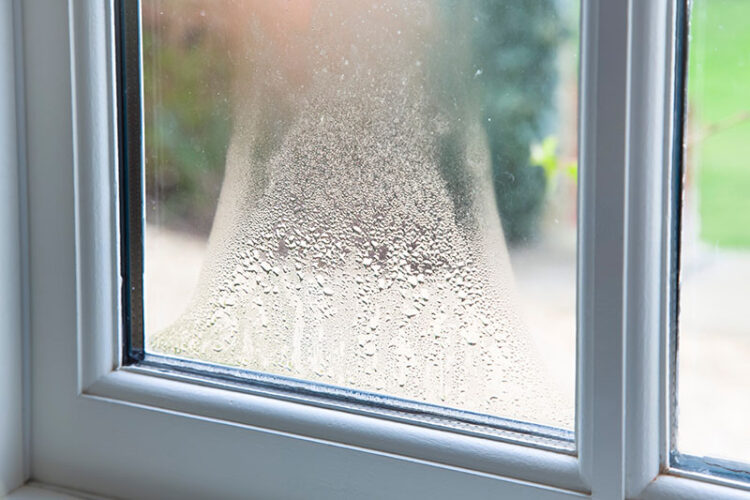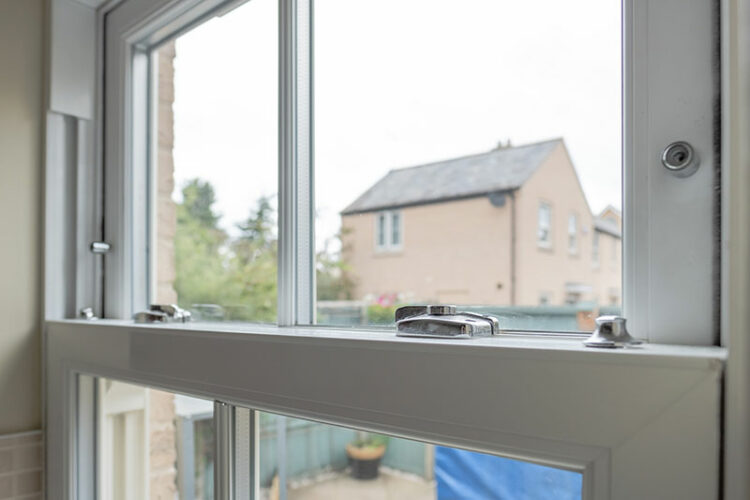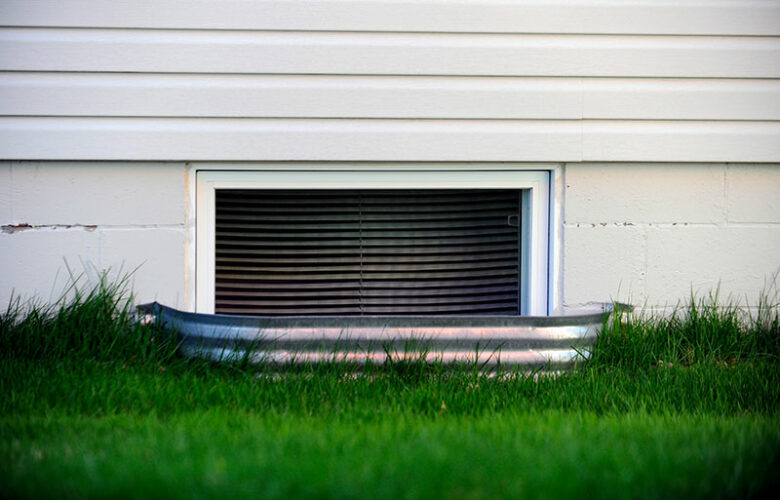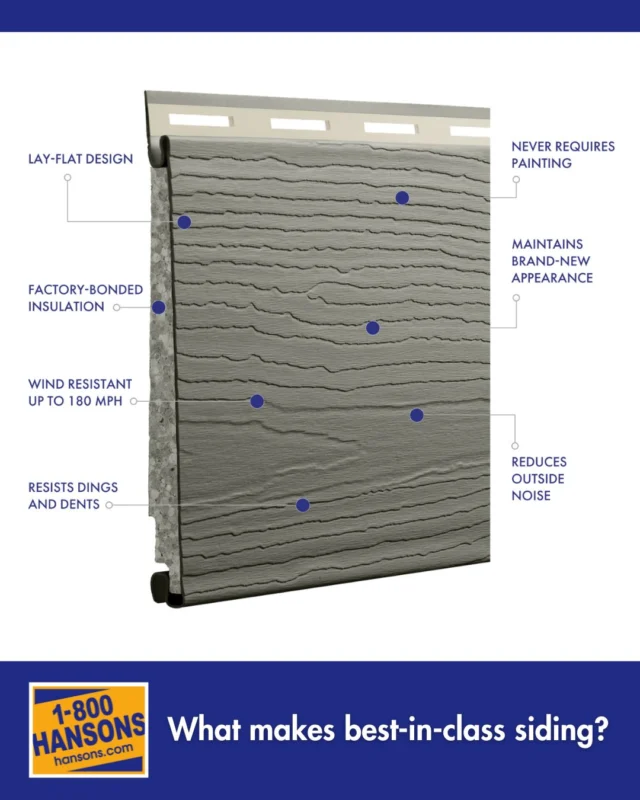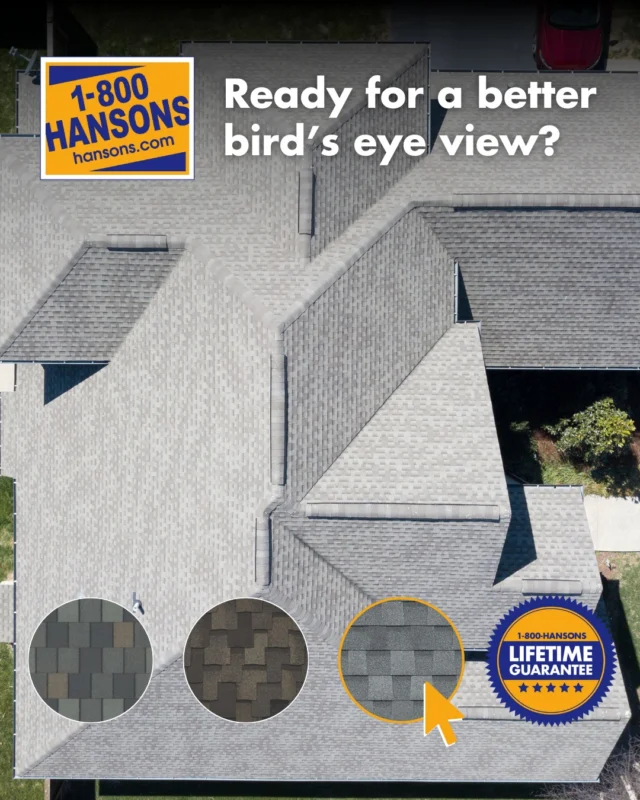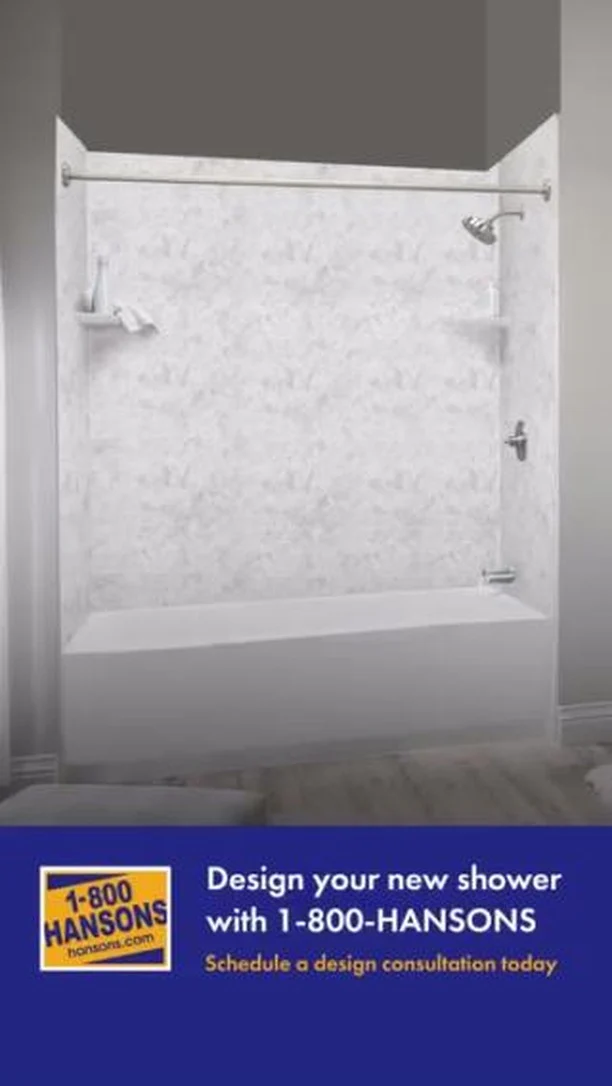How to Replace Window Glass

A sparkling new window can cost a lot of money. If your existing frame is a premium one, a full replacement can devastate your budget. Fortunately, a broken pane needn’t signal the end of your entire frame. Replacing the glass is a pocket-friendly option for windows that haven’t reached the end of their service life. The process is, however, best reserved for expert DIY enthusiasts.
Which is best? Window replacement or glass replacement?
Not all glass pane replacements come at a lighter price. If you’re working with an old or damaged frame, your new pane will only serve you until your window becomes redundant. You need a full frame replacement if:
- You’re experiencing moisture or air leakage.
- Your double or triple-pane glass is marred by condensate.
- Your frame has served you for more than 15 to 30 years.
- You don’t need an upgrade in energy efficiency or noise reduction.
In short, a glass replacement is often a temporary solution. It might be cheaper in the short term, but you could be throwing your money into a black hole if your frame only has a year or two more to offer you. A glass replacement will serve you if:
- You have single-pane windows.
- Your frames are in good condition.
- Your sashes aren’t cracked.
- You have an historic window frame you want to preserve.
Get a Free Estimate Today
50% off installation. Special financing available. See details.
How difficult is it to replace window glass?
Glass replacement is dangerous work, particularly if you’re working at height. For that reason, you’ll need advanced safety equipment and skills. Even the most experienced DIY fans can struggle to handle the weight and size of a window pane. Sealing and securing new glass is equally demanding, so consider this a job for the experts. Here are the steps.
Step One: Prepare your tools
Glass shards are hazardous, so you’ll need industrial, cut-resistant gloves that meet ANSI 105 standards. ANSI Z87 safety glasses are even more important. Once you have your safety gear in place, you’ll need to gather the rest of your tools. A glass replacement will require a chisel, caulk gun, and heat gun. You will, of course, also need a glass cutter and putty knife. The glass itself will require a glazing compound.
Step Two: Prepare your work area
Preparation is the first step to a safe replacement. Remove blinds and furniture from your work area and make sure you have enough ventilation. A plastic sheet will prevent your floors from taking damage.
Step Three: Remove broken glass
If your glass is firm in its frame, create an X over the full pane with duct tape. This will keep shards in place during removal. Now you should be able to pull the pane out in one smooth movement with the help of a chisel and heat gun. The heat should soften the glaze sufficiently for easy removal. If glass remnants remain, use a putty knife to carefully move them out of place.
Step Four: Cut your glass
The more precision you achieve at this phase, the more energy-efficient your new window will be. Clean and measure your glass over a blanket or newspaper. Your pane should be 1/8-inch shorter than your window opening. Apply the old carpenter’s adage, here: “Measure twice. Cut once.” If you take extra time to achieve perfection, you’ll spend less time correcting your mistakes. Use a lubricated glass cutter to score your pane. Now tap, pressurize, and snap the excess glass away.
Step Five: Apply new glazing compound
Now for every avid DIYer’s favorite part: apply your glazing compound with a caulk gun, making sure you get into the L-grooves. We recommend linseed oil putty because it adheres well and is easy to work with. Gaps can cause your installation to fail, so check your work before you insert the new glass. If you press down on the edges, you can compress your glazing and create a tight bed for your pane.
Step Six: Glaze the glass in place
Your pane isn’t secure yet. It still needs an extra layer of glazing compound. You can create a smooth surface with a cloth or your fingers. Glazing compound generally needs about a week to fully harden. Once seven days have passed, you can add a layer of fresh paint to your glazing and exposed frame. If your window opens smoothly, you can celebrate your victory.
Is it safe to replace window glass?
Pane replacements are trickier than they might seem. The DIY route isn’t always cheaper or better. Some jobs are best left to the professionals. Glass replacement is a risky project that requires training and equipment, including PPE. It might be fun to wield a caulk gun, but there’s no replacement for a beautifully-fitted window.
1-800 HANSONS specializes in window installation in several states. If you’re interested in getting the best help possible, click here to get a free estimate and we’ll get it done in no time.


